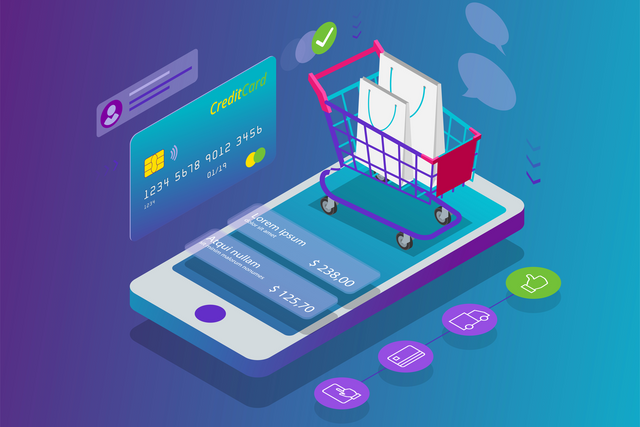The coronavirus has forced us all to embrace the concept of social distancing, and just stay home in order to curtail the spread of the virus and not cause undue harm to others. It’s uncomfortable, unfamiliar, and many people are struggling to adapt. Many industries are no different. The retail sector in particular is feeling a sharp economic impact from the coronavirus. Retailers will likely undergo deep change as people who have never bought anything online embrace and accelerate retail eCommerce usage out of sheer necessity.
In 2018, retail eCommerce sales accounted for 12 percent of all retail sales, and annual growth estimates were between 10-20 percent. The coronavirus quarantine and self-imposed home lockdowns have acted as a massive stimulus to boost retail eCommerce growth.
Think about it. What else do people have to do at home but shop? Especially those households that predominantly shop for household products in person before everything went nuclear. The past week or so those fretful souls have been online, frantically creating accounts on Target, Walmart, or Amazon. Because when they did venture into their favorite brick and mortar stores, they found shelves to be near empty and trying to maintain 6 feet distance between fellow shoppers to be nerve wracking.

This forced situation will result in changed behavior globally. Now people realize that consumables such as toilet paper and other household items that they need can be effortlessly (and likely more cost effectively) ordered online with doorstep delivery. Yes, buying large stores of such items is short term, situationally-motivated behavior. Buying a year’s supply of Kleenex in one go is a one-time purchase. But once people get a taste of the convenience and realize, okay, I like not having to run out to the store to get certain items, they will continue to purchase those items online.
The Costco’s, Target’s and Walmart’s of the world, that have leveraged their supply chains to more or less ensure their store shelves remained stocked, likely will receive more online delivery and step-up curbside pickup orders even after things return to normal. They also will be able to rebound quicker because the best-performing retail brands already have an omnichannel consumer experience – user friendly websites, mobile order and pay, delivery apps, etc. – at work.
Local stores and retailers, however, will suffer. For instance, Starbucks has temporarily closed its stores and is now operating on pick-up and delivery and drive-thru only. The global chain has the resources and capabilities to withstand the coronavirus-inspired shut down to its daily operations. Neighborhood coffee shops, not so much. They simply may not have the capital to wait out the storm. If they do, they’ll have to contend with reduced revenues as consumers’ changed behavior impacts traditional buying habits once it’s safe for their doors to reopen. That could lead to more problems in the long term, problems they’ll have to address from an already weakened position, one that still lacks viable eCommerce infrastructure and digital capability.
There’s a lot going on behind the scenes, and there will be even more happening in the short- and long-term as retailers adjust to life after the coronavirus.
Lessons learned, changing consumer buying habits, savvy retailers will adjust, filing away workable strategies in advance of the next industry-altering episode. They’ll learn to pivot more quickly, and how to respond to online consumers in new and different ways.
Unfortunately, this unprecedented time in our history may see the end of retailers that were already troubled as well as a drastic scale-down of retail formats such as malls.
Faltering brands with already flagging revenues may not be able to withstand the disruption, and their ability to rebound will depend on the length of the shutdown and their ability to rapidly create eCommerce strategies to adapt to the “default-Amazon” mentality consumers have adopted.
Trying times are catalysts for massive change. Let’s hope that the consumer wins and does not pay the price - literally.
This article was originally posted in March 2020 on raoanand.com.